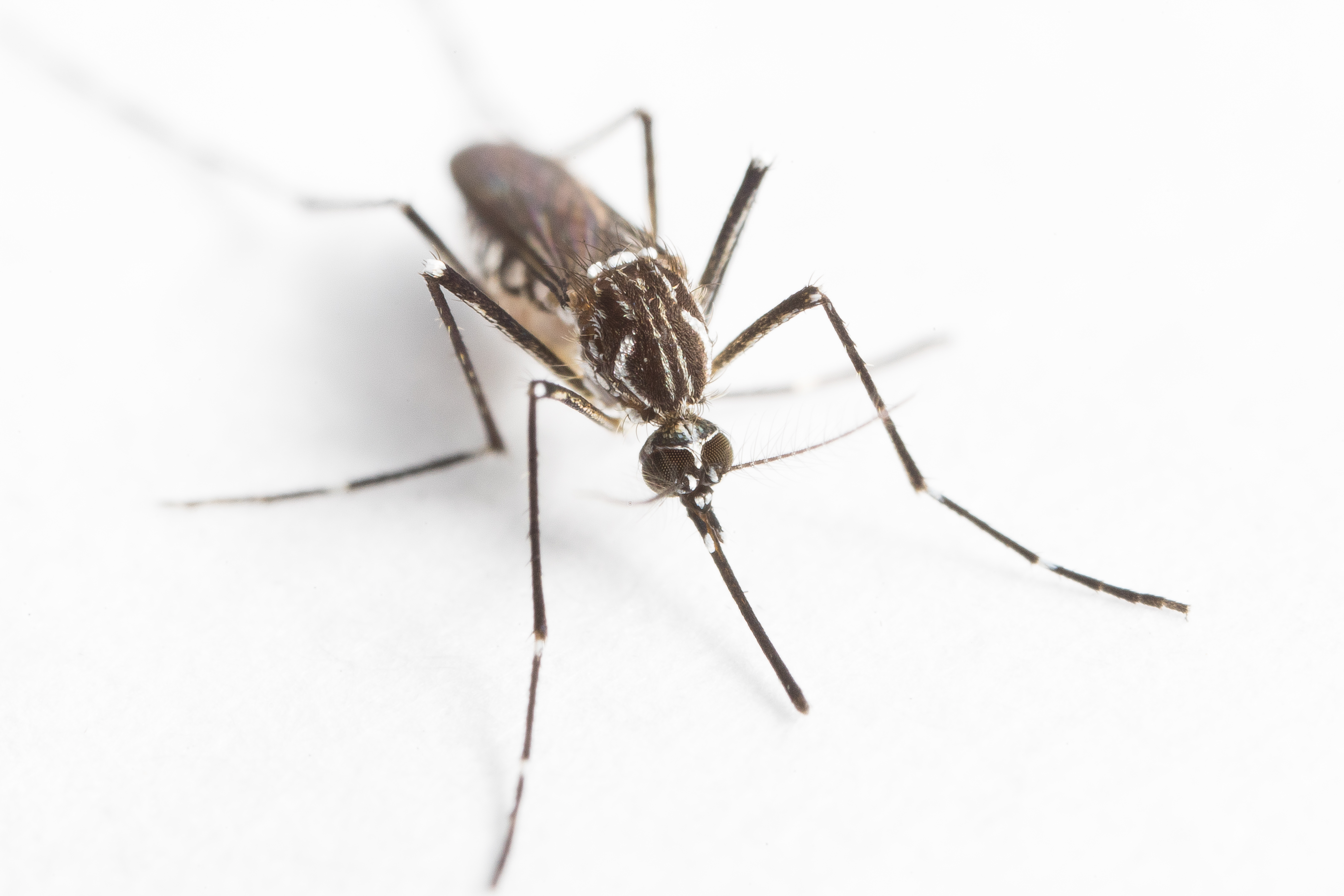News release
From:
An international study, led by QIMR Berghofer researchers, has shown that a new device that targets Aedes aegypti mosquitos could be extremely useful in the fight against mosquito-borne diseases such as dengue, chikungunya and Zika.
The randomised field trial used small, insecticide-treated, plastic mesh devices called “emanators” to target Aedes aegypti mosquitos in homes in the state of Yucatan in Mexico.
The trial findings show that the devices are highly effective and suited to fast deployment during outbreaks of those diseases, which affect hundreds of millions of people annually across the globe, predominantly in poorer, urban households in the tropics.
QIMR Berghofer Medical Research Institute coordinated the trial in partnership with colleagues at the Universidad Autonoma de Yucatan in Mexico and Emory University in the United States.
The head of QIMR Berghofer’s Mosquito Control Laboratory, Associate Professor Gregor Devine, said the emanators (which are treated with the insecticide metofluthrin) were placed inside every room in 100 houses, where they released insecticide passively to the air. The number of mosquitoes and mosquito bites recorded inside those homes were then compared with results from 100 untreated houses over a period of several months.
“We found the presence of the emanators consistently reduced the number of female mosquitoes in a house by 60 per cent and the number of reported bites by 90 per cent,” Associate Professor Devine said.
“That is a significant drop in mosquito numbers and a huge reduction in the number of potentially infective bites.
“It’s better than results reported for other mosquito-control measures and it’s reassuring that we saw a decline in mosquitoes and bites despite the fact that Aedes aegypti populations in the Yucatan area are resistant to conventional insecticides.
“The absence of vaccines and drugs has made insecticides the mainstay of Aedes-borne disease control. Those insecticides are most effective when applied indoors because Aedes aegypti mosquitoes like to rest and feed inside, using humans as their sole source of blood.
“This study is exciting because it’s the first urban field trial of a faster, more efficient way to target these mosquitoes.”
Current methods for applying conventional insecticides are often hampered because trained spray teams are slow to deploy and are often unable to gain access to houses.
Associate Professor Devine said the devices would be very useful in communities that have traditionally struggled to get on top of outbreaks.
“These devices are small, easy to use, fast to deploy, potentially low cost and don’t require electricity,” Associate Professor Devine said.
“Ultimately we’d like to see the community in charge of their use in outbreak areas as no specialist training is required.
“The World Health Organization (WHO) is currently evaluating this model of mosquito control and this trial adds evidence for them to consider.
“While the world’s attention and resources have been focussed on combatting COVID-19 this past year, it’s important that the hundreds of millions of people who are infected annually with a mosquito-transmitted parasite or virus aren’t forgotten. There are no vaccines for most of these diseases.
“As countries emerge from the pandemic and review their public heath priorities, there will rightly be a renewed emphasis on mosquito control.
“This is important because the global Zika pandemic in 2016 and the recent re-emergence of Yellow Fever in Brazil remind us that the next public health emergency may be mosquito-borne. Currently, we don’t have the tools to respond.”
The study findings have been published in the journal PLOS Neglected Tropical Diseases.
The insecticide metofluthrin is safe and registered for use across the globe, including in Australia.
The trial was funded by USAID. The research will continue in 2021-2022, funded by the UK Government, to determine if communities can deploy the emanators effectively.
Multimedia





 Australia; QLD
Australia; QLD


